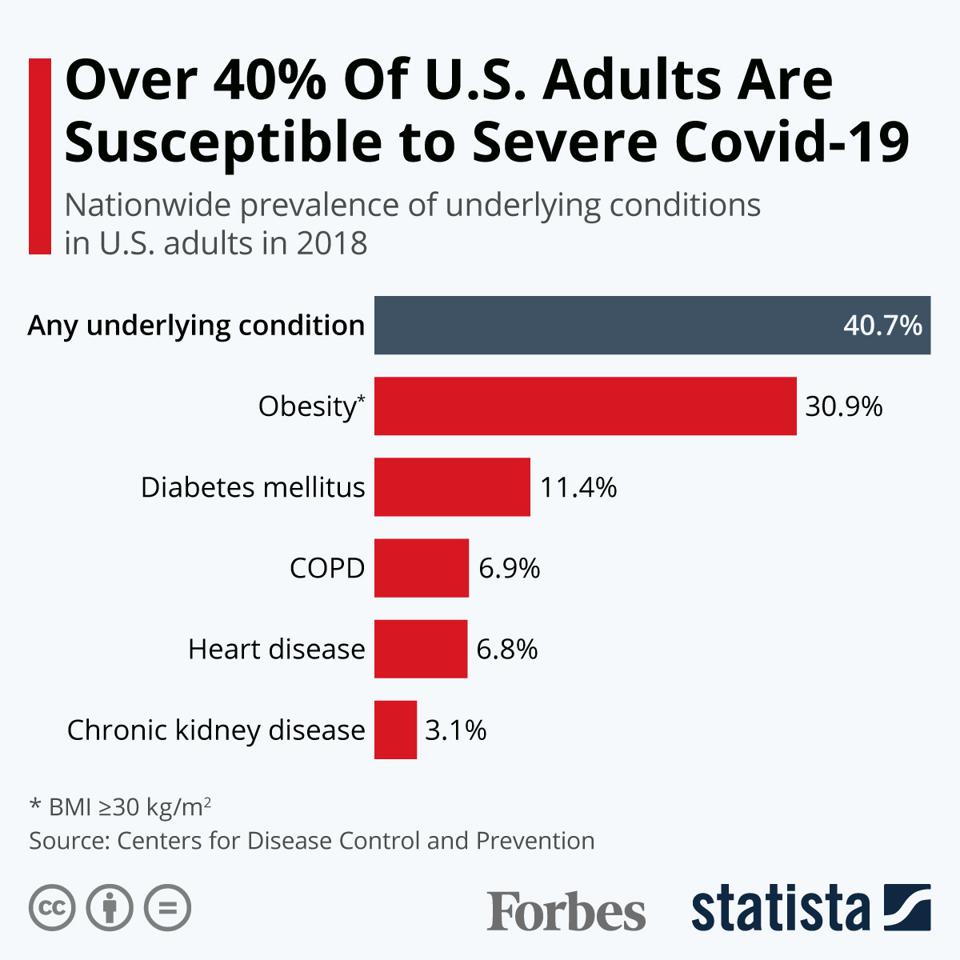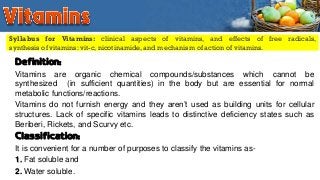
A comprehensive school health program isn't a one-size-fits-all model. It must also be developed locally and implemented with the commitment of resources. Collaboration between school stakeholders (including parents, students and health professionals) is required for the WSCC Model. A strong school health program is only possible if there is a healthy learning environment. The environment should be conducive to mental and emotional well-being and safe. The WSCC Model emphasizes prevention and early identification of illnesses and injuries, as well as an assessment of effectiveness.
The WSCC is the most widely used model for school and community health. It is a great fit for a variety reasons. The WSCC places the needs of students at the center and highlights the role of community support for schools. It emphasizes the importance of academic achievement and health and encourages schools to adopt evidence-based policies that promote health. SHI of the AFHK includes questions that cross-cut to address policies and practices that support multiple topics in health.

While schools are unable to solve the nation's most pressing health problems, they can help coordinate the efforts of many different sectors to promote the health and well-being of young people. Parents, youth service organizations, health professionals, media, and community members must all be involved in these efforts. Although there is a list that has been approved for school health programs, the public lacks awareness. The goal of a school-based health care program should be to improve the lives of young people and their communities by reducing the health and educational costs.
The SHI guide provides a detailed assessment of school health and identifies strengths and weaknesses, as well as goals and areas for improvement. The SHI report summarises all responses and makes recommendations for improvement. Schools can create a more inclusive and healthy environment for their students and staff by having a comprehensive SHI. This guide will help schools create a culture of healthy living and encourage better health outcomes for all.
A comprehensive school health program focuses on health and wellness among students. It focuses on six priorities behaviors that have an impact on the well-being and health of young people. Programs should focus on nutrition and foodservice. These two areas account for almost three quarters of all morbidities and deaths among young people. This model should provide these services as well as family involvement. As a result, parents and staff should be involved in every aspect of the school health care.

Preventive services are emphasized in the WSCC Model. The WSCC Model includes services that are not offered in most other settings. These services focus on a range of health topics, and emphasize the family's role in children's development. The WSCC model promotes wholechild health. This program can help improve the quality of life in communities. These activities have a positive affect on the mental well-being and health of children.
FAQ
Which workout is best for men?
It all depends on your goals. Cardio exercises are great for anyone looking to lose weight.
For those who want to gain muscle mass, strength training will be a better option, as it increases your lean body mass.
Both types of exercise have proven benefits if you want to improve your overall health.
If you are looking to lose weight quickly, I recommend HIIT or sprint-interval training. This type is great for burning fat fast by increasing metabolism. It can also increase your endurance, so that you can train even when fatigued.
What Is The Best Way To Lose Weight?
Losing weight is easier said than done. Many people give up easily because they don't know what to do.
You can lose weight by following a few simple steps.
First, make sure you eat less calories than you burn. You will gain weight if you eat more calories than you burn.
The second is to get regular exercise in order burn those calories. There are many types of exercise you can do, such as walking, running, cycling, and dancing.
Third, stop smoking and drinking alcohol. These habits make it more likely that you will consume more calories than you would normally.
Fourth, you should cut back on junk food. You can replace these unhealthy foods with healthier choices like fruits, vegetables, lean proteins, whole grains and nuts, seeds and beans, as well as other healthy options such a legume, fruit, vegetable, legumes, whole grain, nuts, seeds, and beans.
Fifth, you need to change your lifestyle and adopt new habits. It is possible to wake up at 5 AM to go to work, or to be more active before you get to work.
Sixth, you must be disciplined and follow your diet plan.
Lastly, you can join a gym or attend an aerobics class to burn those excess calories.
By following these simple tips, you will soon begin to notice results.
What is the best way to train?
It all depends on your goals. You should start with heavy weights if your goal is to build muscle mass. Then move into cardio. Next, if you're looking to lose weight then switch to strength training.
Cardio is a great way to lose fat if you are just looking for a quick workout. Add strength training to your workouts.
Cardio is the best way to build muscle mass.
It is important to eat before going to work out. This will give your muscles more fuel, so they work harder. This will make you feel better while working out.
What Is The Best Workout For Men Over 40?
Older men will find that the best workouts give them more energy as well as improve their stamina.
It is important you remember that most people aged 40 and over experience a loss in testosterone. This results in lower sex drives.
You can still exercise, however. Many studies show that regular aerobic exercise can boost testosterone in some men.
So, if you want to improve your sexual performance, you can start with an aerobics routine.
How often should I exercise each week?
It depends on how much time you have available and what type of exercise you prefer. A general guideline would be moderate-intensity aerobic exercise 3 - 5 days a week. It is important not to overdo it. For maximum results, consistent exercise is key to getting the most out of your workouts.
Which exercises work best for you?
It all depends upon your fitness goals. Some people prefer endurance sports like swimming, cycling, or running. Others love lifting weights or using resistance bars. There are many options for exercise today. Select the one that best suits your needs.
Can I go to a gym 7 days per week?
You can go to the gym seven times a week, but not at once. You need to find a time that you are able to do this without feeling exhausted or drained.
This will keep you motivated and provide energy for other activities.
You should also ensure that your meals are well-balanced. This will ensure you don’t feel tired and sluggish going to the gym.
You must ensure that you don't have any other competing demands on your time. You might want to avoid working out on school nights if you have kids. They can distract you from your exercise routine.
Statistics
- According to the American Heart Association, blood pressure should be checked at least once every two years, beginning at age 20. (my.clevelandclinic.org)
- The PRS enabled risk stratification for overall prostate cancer and lethal disease with a four-fold difference between men in the highest and lowest quartiles (HR, 4.32; 95% confidence interval [CI], 3.16-5.89). (pubmed.ncbi.nlm.nih.gov)
- 10 pounds in a month is likely during a lean bulking phase, especially for beginners. (muscleandstrength.com)
- An estimated calorie range for moderately active adult males falls between 2,200 to 2,800 calories per day, depending on age. (eatright.org)
- By John Thompson Take a whopping 38% off a set of PowerBlock Pros. (menshealth.com)
External Links
How To
What nutrients does a man need daily?
Men require daily nutrition for healthy growth and development. Your body needs vitamins, minerals and nutrients as well as carbohydrates, proteins, fats, carbohydrate, fiber, and other essential components.
The male body also requires specific nutrients at different times throughout the day. When you're sleeping, your body uses energy from food for hormones, proteins, and enzymes. You use protein to build muscles and repair damaged tissue when you wake up.
At night, your body breaks down fat and stores the extra energy as glycogen. Your body still requires sufficient nutrients and calories even though it needs less calories. If you feel hungry, you may consider having a snack during the evening.
You need to eat enough carbs and protein when you exercise. If you exercise hard, you might feel muscle soreness.
To prevent this from happening, you need to consume carbs or protein within two hours. Your body will use stored glycogen to produce glucose for energy.
In addition, you must consume protein immediately after completing your workouts. This prevents muscle tissue being destroyed while you're sleeping.
Your body produces lactic acid during high levels of physical activity. It builds up in your bloodstream, which can lead to fatigue. Eat foods high in carbohydrate, such as fruits, vegetables, to avoid this.
Carbohydrates offer your body the energy it needs for recovery from exercise.
In addition, you may want to include lean meats, fish, eggs, milk, cheese, yogurt, beans, nuts, and seeds into your diet.
All of these foods contain high quality protein. Protein is important for muscle growth and repair. It provides amino acids that your body needs in order to produce sexhormones and testosterone.
You also need enough dietary fats to maintain good skin, hair, nails, and joints. Healthy men require between 20% and 35% of total caloric intake from fat.
Fat helps protect your heart health and prevents cancer. It keeps your brain healthy and functioning well.
Vegetable oils, such as olive oil, sunflower oil or corn oil, soybean oil and peanut oil, can supply most of the fats you require.
These oils contain high levels of monounsaturated fat acids (MUFAs). MUFAs reduce cholesterol and inflammation. They protect your cells from damage by free radicals.
Saturated fats (SFAs) are found mostly in animal products like meat, dairy products, and butter. SFAs raise LDL ("bad") cholesterol and increase triglycerides. They promote weight gain and abdominal fat.
Plant-based fats such as vegetable oils, seeds, nuts and grains contain polyunsaturated (PUFAs). PUFAs are good for your heart health and help to reduce inflammation. They can also control blood sugar levels and cholesterol.
Erectile dysfunction is common in men with low HDL ("good") cholesterol. Consuming high amounts of saturated fats can increase bad cholesterol and lower good cholesterol.
Red meat and pork are a common source of prostate problems in men who eat a lot. If cooked at high temperatures, the nitrates become nitrosamines. These compounds can lead to cancer.
Nitrites and other harmful chemicals are common in processed meats. These chemicals should be avoided.
The American Heart Association recommends that you limit your intake of red meat to 2 per week. Instead, choose poultry, fish, legumes, tofu, whole grain bread, and cereals.